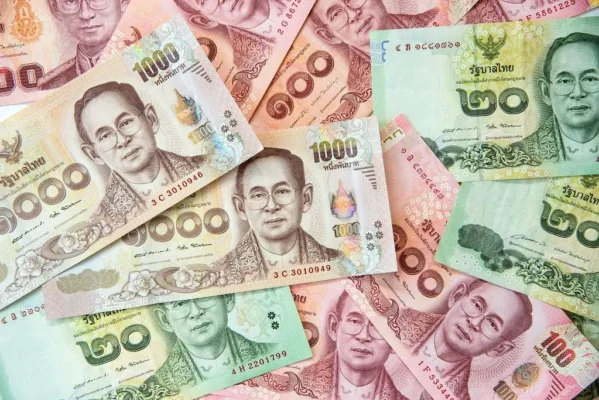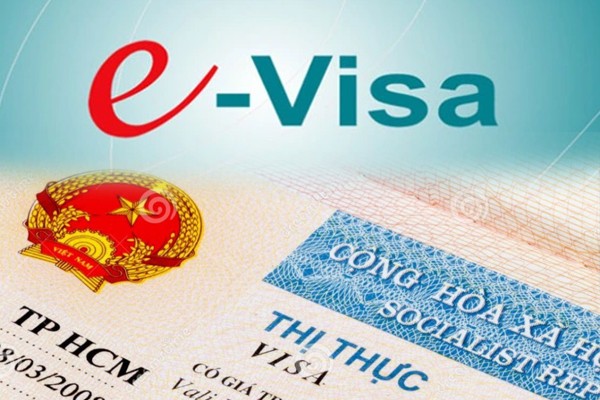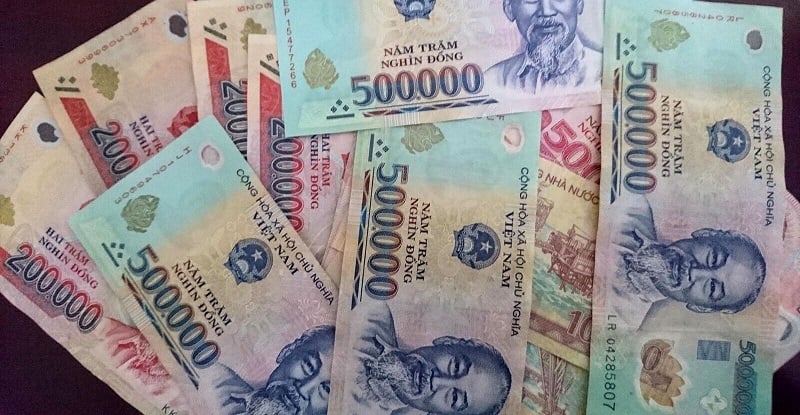Before your Vietnam travel journey, you should know about the geographical position of Vietnam, its weather, culture, and people. Besides, having information on Vietnam’s money is also essential, so that you know how to plan and manage your budget. Different notes of Vietnamese currency bear different pictures of popular tourist destinations.
- Things to know about the history of Vietnam’s money
The official Vietnam’s money, Vietnamese dong, was first created by the government of the Vietnam Democratic Republic in 1946 to replace the piastra of French Indochina. In 1975, after the fall of Saigon’s regime, the dong was also used in the southern region.
Nowadays, there are banknotes of 1,000, 2,000, 5,000, 10,000, 20,000, 50,000, 100,000, 200,000, and 500,000 Vietnamese dongs. On one side of the banknotes is the phrase “Socialist Republic of Vietnam”, the national emblem, and the portrait of President Ho Chi Minh. On the other side is a picture with the phrase “State Bank of Vietnam” on top.
2. Vietnam currency denominations: How much is Vietnam’s money worth?
Vietnamese banknotes are printed on cotton or polymer paper in different colours and sizes so as to be easily distinguished. Specifically:
2.1. Cotton banknotes
- VND1,000 banknote
- VND2,000 banknote
- VND5,000
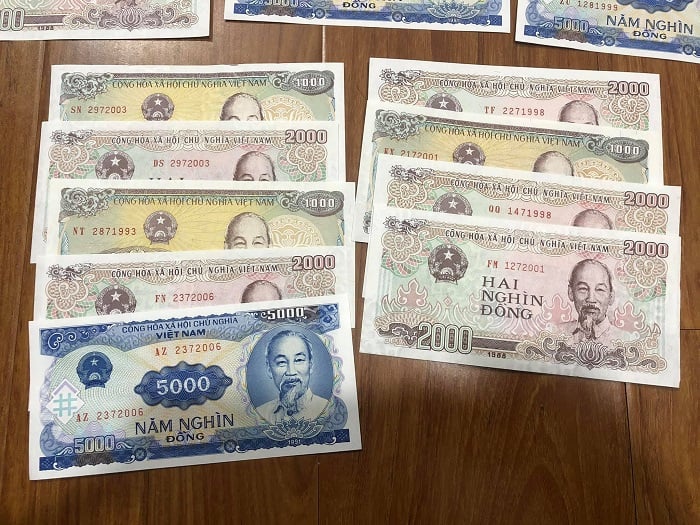
2.2. Polymer banknotes
- VND10,000
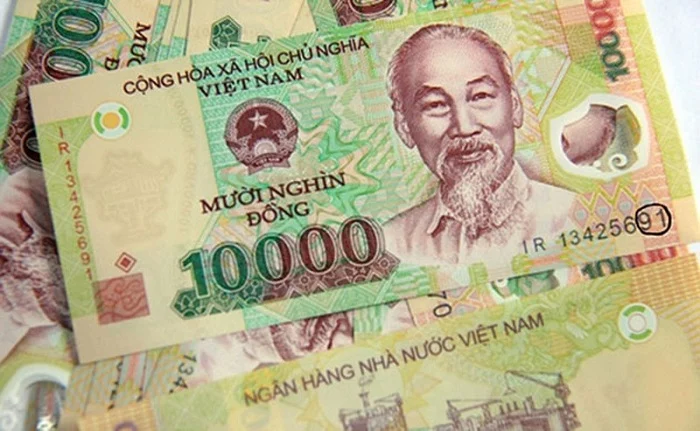
VND20,000
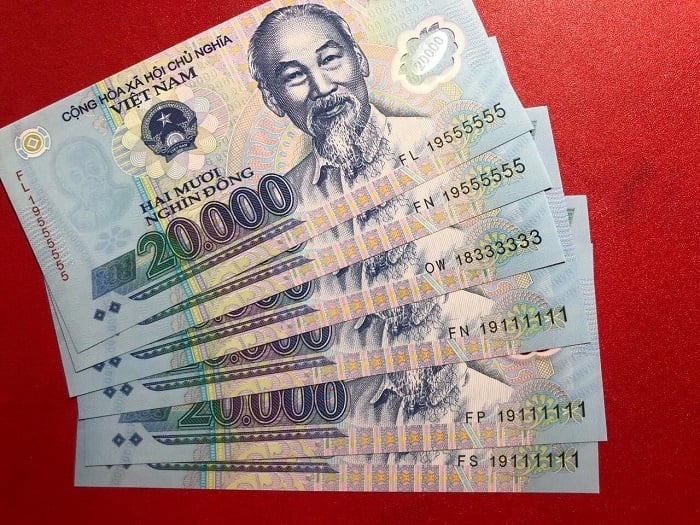
VND50,000
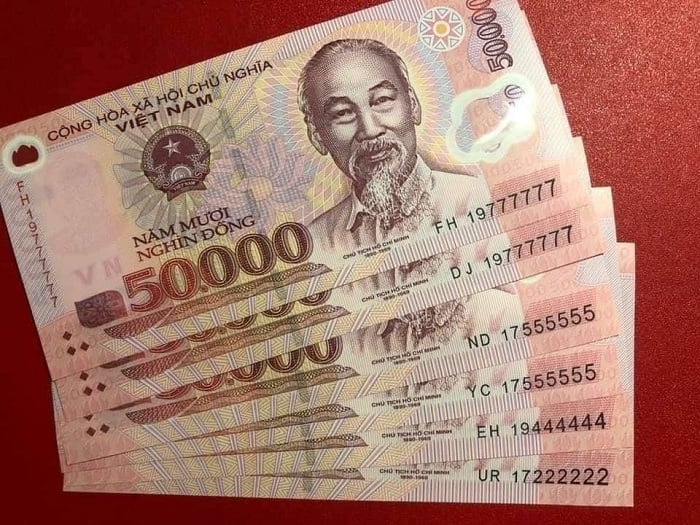
VND100,000
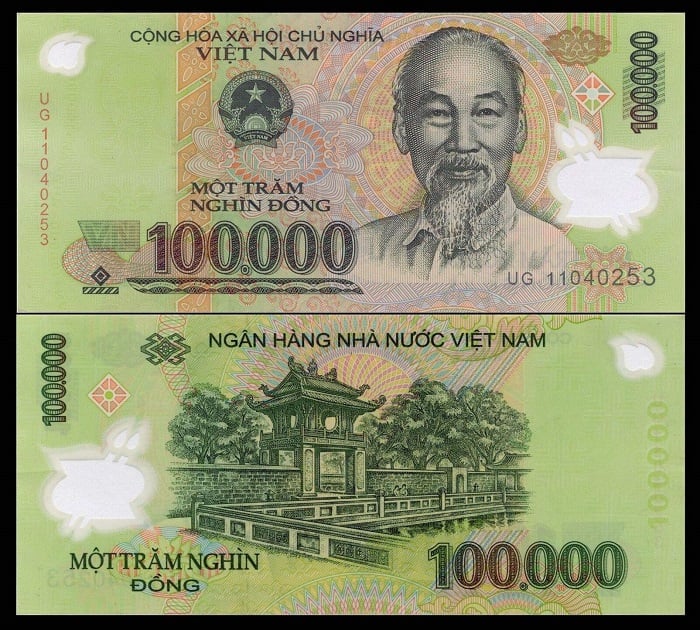
VND200,000
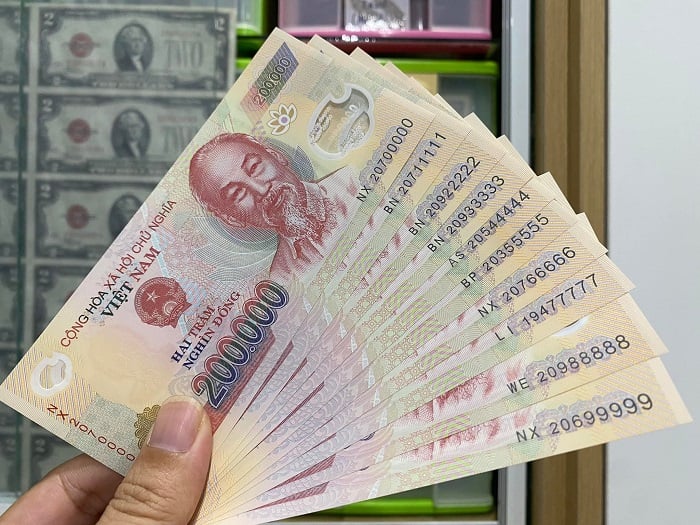
VND 500000
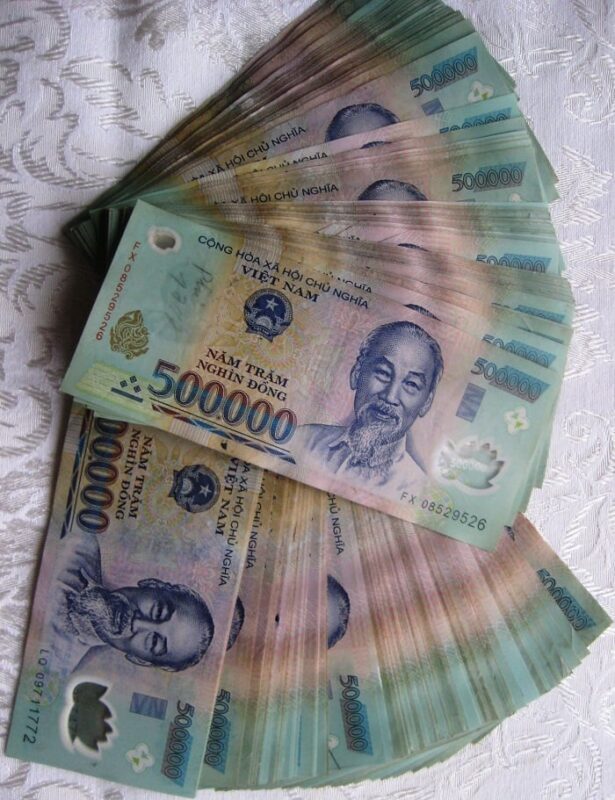
Vietnamese Currency Facts
- The official currency of Vietnam is the ‘dong.’
- The currency symbol is ₫
- Foreign currency is much sought after, and it is possible to pay in some places with the US dollar. However, you’ll always be handed your change in dong. Other foreign currencies are less widely accepted, but in tourist areas, you’ll often find people who will want to make some profit exchanging banknotes for you.
- The currency code is VND
- All the money you receive will be paper. (You can buy commemorative coins if you like, but I’ve never seen one in 5 years of living here)
- The dong was first introduced into Vietnam in 1946 by the then-North Vietnam government to replace the French piastra. It wasn’t until 1975, when the South Vietnamese government was ousted after losing the Vietnamese war, that South Vietnam also came to use the dong
- The currency was hit with a massive wave of inflation in the 1980s, which explains why today, 1,000,000 only equals about $40.
- Lower denomination Vietnamese banknotes are made of cotton, and higher ones are of polymer
- In the past, the dong was subdivided into even smaller units called the hao and xu. These were often in the form of aluminum coins
- Can you guess who the only person on the banknote is? That’s right. Uncle Ho. Ho Chi Minh, the legendary communist thinker and founder of modern Vietnam, festoons every denomination. The picture is identical on each note, so you can see why it causes problems in differentiating between them.

